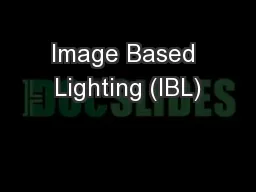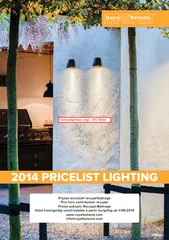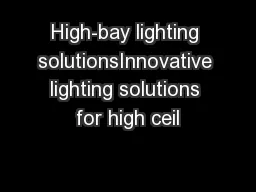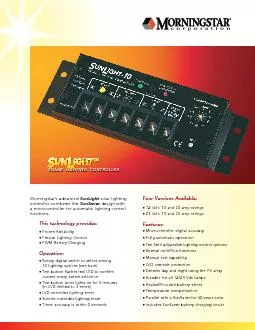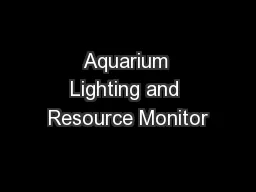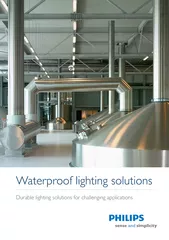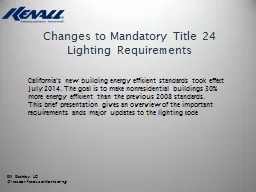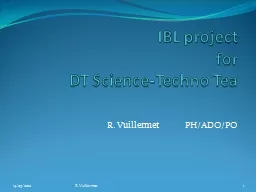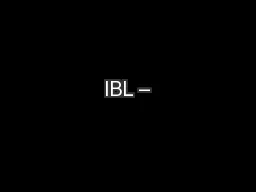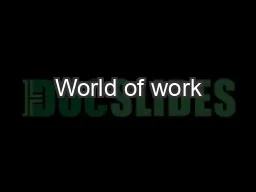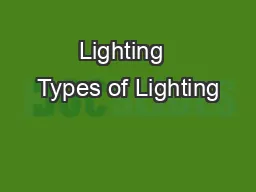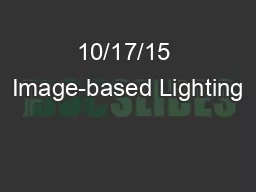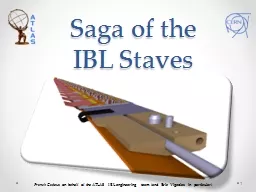PPT-Image Based Lighting (IBL)
Author : marina-yarberry | Published Date : 2016-12-24
Lighting that uses a texture an image as light source How is it different than Environment Mapping In a broad sense environment mapping is one of techniques of
Presentation Embed Code
Download Presentation
Download Presentation The PPT/PDF document "Image Based Lighting (IBL)" is the property of its rightful owner. Permission is granted to download and print the materials on this website for personal, non-commercial use only, and to display it on your personal computer provided you do not modify the materials and that you retain all copyright notices contained in the materials. By downloading content from our website, you accept the terms of this agreement.
Image Based Lighting (IBL): Transcript
Download Rules Of Document
"Image Based Lighting (IBL)"The content belongs to its owner. You may download and print it for personal use, without modification, and keep all copyright notices. By downloading, you agree to these terms.
Related Documents

